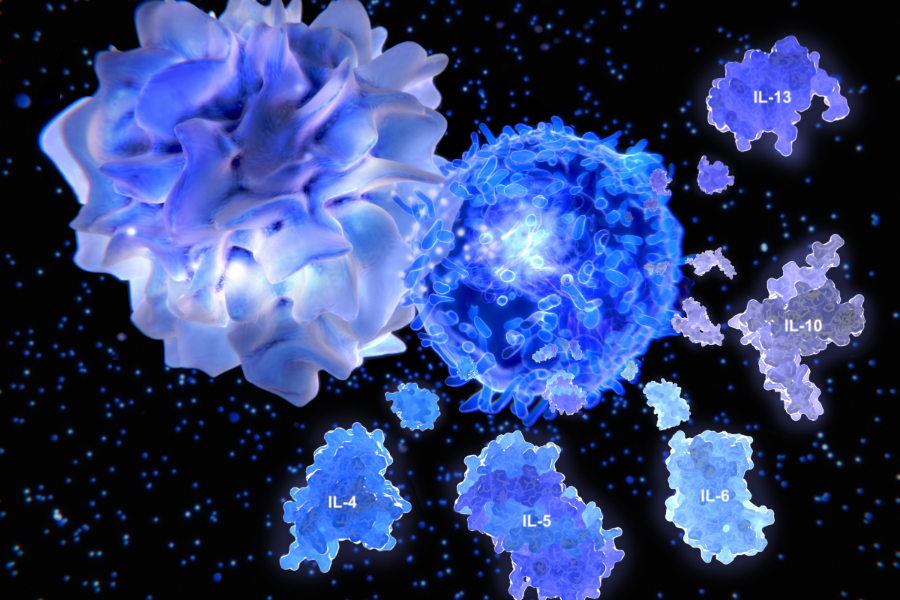PE-22-28
An increasing number of people worldwide are struggling with mental health issues, such as depression and anxiety. While there are a lot of anti-depressant medications, they don’t always work as we would like to. Luckily there’s a peptide that emerges as a hopeful contender.
PE-22-28 is a modified version of spadin, a peptide found in nature, engineered synthetically. Research on PE-22-28 is still in progress, looking at a number of possible uses, including antidepressant effects, capacity to enhance learning, potential to help stroke rehabilitation, and role in treating neurodegenerative diseases like Alzheimer’s disease.
What is PE-22-28
PE 22-28 is a 7-amino acid peptide that serves as an analog of Spadin, known for its inhibition of the TREK-1 channel. TREK-1 has been identified as a potential target for depression treatment in various research. PE-22-28 is primarily utilized in mental health therapy, specifically for depression, as it functions as a TREK-1 blocker. Remarkably, it demonstrates significant antidepressant effects within a mere four days, without the adverse side effects commonly associated with SSRIs (Selective Serotonin Reuptake Inhibitors).
It’s noteworthy that one long-term effect of antidepressant medications like SSRIs is the stimulation of neurogenesis. The development of new neurons is a sign of successful antidepressant therapy and depression treatment. It has been demonstrated that PE-22-28 stimulates neurogenesis at a rate that is noticeably quicker than that of any known antidepressant in just four days. This implies possible uses beyond the treatment of depression, such as improving learning, helping stroke victims recover, and maybe managing neurodegenerative diseases.
Although TREK-1 is primarily found in the brain, it also exists in other bodily tissues such as the heart, smooth muscle cells, lung tissue, prostate, and specific areas of the pancreas. While its primary focus has been on its potential for antidepressant activity, TREK-1 plays crucial roles in pain perception, anesthesia, and neuroprotection.
PE-22-28 Mechanism of Action
Primarily, the PE-22-28 peptide acts as an antagonist to the TREK-1 (TWIK-related potassium channel) receptor. PE-22-28 is thought to regulate potassium ion flow in neural cells, which affects neuronal excitability and neurotransmitter release, by binding to and inhibiting TREK-1. It is believed that this inhibition increases the neurogenic response, which may encourage the development of new neurons.
Benefits of PE-22-28
PE-22-28 has mostly been studied for its anti-depressant effects, although it may have additional benefits such as promoting muscle contraction and relaxation. Here are the most notable benefits of this peptide:
Fights Depression
Studies on depression-stricken mice have demonstrated PE-22-28’s remarkable ability to reduce the symptoms. Interestingly, PE-22-28 appears to have the potential to alleviate depression in a matter of days without adversely influencing other TREK-1 channel-regulated processes.
Importantly, evidence suggests that animals used in depression investigations frequently show a smaller hippocampal volume. Conventional antidepressants are thought to combat depressive episodes by promoting neurogenesis potentially increasing hippocampus capacity. The capacity of PE-22-28 to counteract this volume loss by promoting neurogenesis raises the possibility that it might treat the underlying physiological processes linked to depression, so addressing the root cause of the illness.
Promotes Neurogenesis
Traditional research on antidepressants aimed at promoting neurogenesis in the hippocampus seems to have a notable parallel in the actions of PE-22-28, albeit with remarkable acceleration. Studies in mice reveal that after only four days of PE-22-28 administration, both neurogenesis and synaptogenesis experience notable increases. Initial findings suggest that PE-22-28 approximately doubles the number of BrdU-positive cells in the hippocampus and doubles the rate of synapse formation.
One potential explanation for PE-22-28’s impact on brain cell division lies in its ability to elevate CREB levels. CREB (cAMP response element-binding protein) is a transcription factor associated with neuronal plasticity, memory formation, and spatial memory development. Notably, CREB has been implicated in neuronal growth and protection, particularly concerning Alzheimer’s disease. PE-22-28 is actively being studied for its potential to prevent and reverse symptoms of Alzheimer’s.
Speculation surrounds PE-22-28’s influence on brain cell division, supported by research indicating its impact on cAMP response element-binding protein (CREB), a transcription factor crucial for neuronal plasticity, memory formation, and spatial memory development. Importantly, CREB not only supports neuron growth but also appears to contribute to their protection.
Improves Muscle Function
Recent research suggests that TREK-1 plays an important role in mediating muscle responses to mechanical stimulation. It has been observed that PE-22-28 may enhance muscle contractility when TREK-1 is blocked, while activation of the channel by PE-22-28 could potentially promote muscle relaxation.
Although this area of TREK-1 research is still in its early stages, its importance is increasingly recognized. There’s hope that understanding how molecules like PE-22-28 affect muscle contraction and relaxation could provide insights into muscle performance physiology as well as treat various mycological ailments.
Is PE-22-28 Safe?
It is believed that PE-22-28 is a naturally occurring, quickly acting peptide with little to no side effects. Based on empirical research, it doesn’t cause withdrawal symptoms when stopped using it, and it could have very few adverse effects.
Conclusion
PE-22-28 is a synthetic derivative of a natural peptide spadin. It’s available in various administration options such as injections, nasal sprays, and oral capsules, allowing you to choose what suits you best. This peptide holds promising implications for research applications.
It exhibits notable effectiveness in strongly promoting neurogenesis and synaptogenesis within the hippocampus. Even following modifications aimed at prolonging half-life or changing routes of administration, PE-22-28 is believed to maintain its capacity to counteract TREK-1. This versatile peptide not only spearheads a new era of depression research but also contributes to the advancing field of nootropics.
FAQ
What Is PE22-28 Used For?
PE-22-28 is mostly used to treat depression in the context of mental health. It functions as a TREK-1 blocker and, in just four days, has demonstrated notable antidepressant benefits without the side effects commonly associated with SSRIs
What Is PE 22-28 Neurogenesis?
PE-22-28 is known to be a potent stimulator of neurogenesis and synaptogenesis, particularly in the hippocampus. This indicates that it can encourage the development of new neurons and synaptic connections, both of which are necessary for normal brain function.
Is PE-22-28 Better than Anti-Depressants?
According to experiential evidence, PE-22-28 may have fewer adverse reactions and be just as effective as or perhaps more so than conventional antidepressants. Compared to most antidepressants, it is regarded as a natural peptide with a greater level of safety.
How Much PE-22-28 To Take?
According to reports, the best dose of PE-22-28 for treating depression is 400 mcg given intravenously once a day in the morning.
Get Started, Book a Free Consultation
Book a free 20-minute consultation to learn more about how this peptide can help you.




